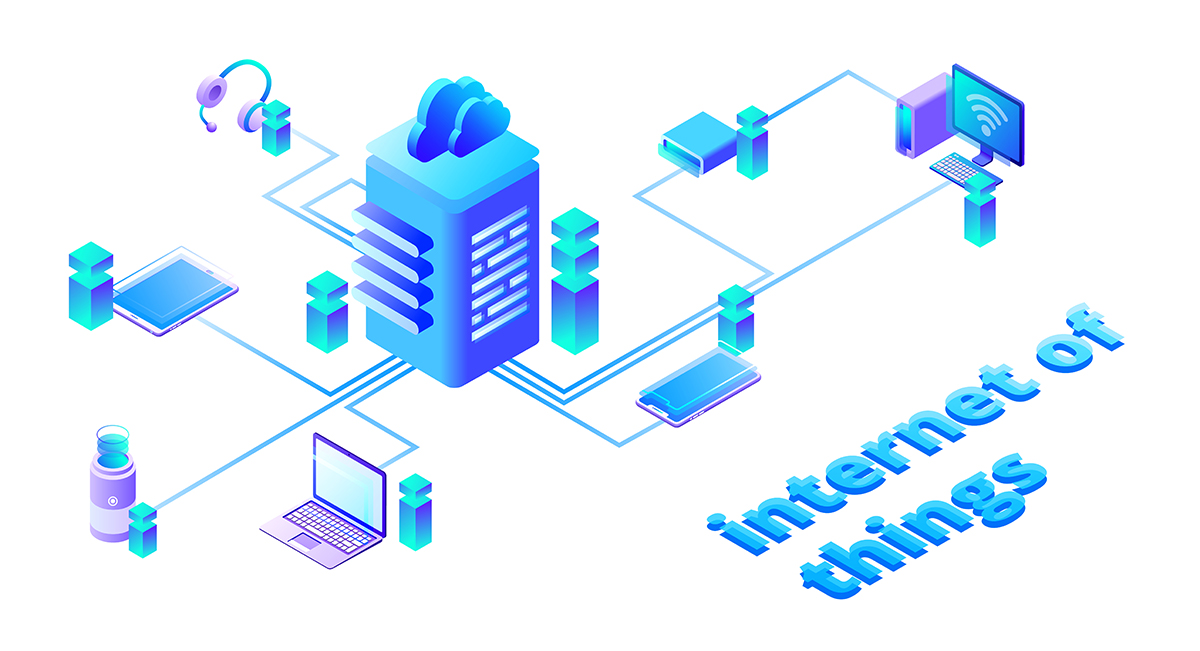Cloud computing refers to the delivery of computing resources, such as computing power, storage, and software applications, over the internet on a pay-as-you-go basis. Rather than relying on local servers or personal computers, cloud computing enables users to access and utilize these resources remotely from data centers maintained by cloud service providers.

The fundamental idea behind cloud computing is that the underlying infrastructure, including servers, networks, and storage, is abstracted from users. Instead of investing in and managing physical hardware and infrastructure, users can access these resources as services, often through a web browser or specialized applications.
Key characteristics of cloud computing include:
- On-demand Self-Service: Users can provision and access computing resources, such as virtual machines or storage, as needed without requiring human interaction with the service provider.
- Broad Network Access: Cloud services are accessible over the internet via a range of devices, including laptops, smartphones, and tablets, providing ubiquitous access to resources from anywhere with an internet connection.
- Resource Pooling: Cloud service providers consolidate computing resources to serve multiple users simultaneously. Resources are dynamically assigned and reassigned based on demand, ensuring efficient utilization.
- Rapid Elasticity: Cloud resources can be scaled up or down quickly to meet changing workload demands. This scalability enables users to access additional resources during peak periods and release them during periods of lower demand.
- Measured Service: Cloud computing services are typically metered and billed based on usage. This pay-as-you-go model allows organizations to optimize costs by only paying for the resources they consume.
Cloud computing offers various deployment models, including:
- Public Cloud: Services are provided over the public internet by third-party cloud service providers to multiple organizations or individuals.
- Private Cloud: Infrastructure and services are dedicated to a single organization and may be managed internally or by a third-party vendor. Private clouds offer enhanced control, security, and customization.
- Hybrid Cloud: A combination of public and private cloud deployments, allowing organizations to leverage the benefits of both models while maintaining control over sensitive data or applications.
- Community Cloud: Shared infrastructure and services are deployed for a specific community or group of organizations with similar needs or requirements, such as a government sector or healthcare industry.
Cloud computing has revolutionized the way organizations consume and deliver IT services. It enables greater agility, scalability, cost-efficiency, and accessibility, empowering businesses and individuals to focus on their core activities while leveraging the power and resources of cloud service providers.






No Comments